Maintaining good health requires a balanced and nutritious diet. While nutrients are essential, fiber also plays a crucial role in supporting our bodies. Although not technically classified as a nutrient, fiber is incredibly significant. Understanding its importance will help inform your dietary choices. In this article, we will explore what makes up a healthy diet and delve into the numerous benefits of high-fiber foods.
The foundation for good health is a balanced combination of nutritious food, physical activity, and relaxation. Proper nutrition plays a crucial role in the treatment of various ailments and is often recommended alongside medications. A healthy diet involves providing the body with an appropriate quantity of high-quality food.
Different nutrients found in food affect the body's functioning in various ways. One important group of nutrients is carbohydrates, including fiber. Fiber is a type of carbohydrate that humans cannot digest.
Carbohydrates are the body's primary source of energy. While proteins and fats can also be converted into energy, carbohydrates are preferred by the body for fuel. In addition to providing energy, dietary carbohydrates assist in metabolizing fats and producing essential amino acids.
However, consuming excessive amounts of carbohydrates can lead to obesity and other health issues as they can be stored as fat in the body. Conversely, not consuming enough carbohydrates can result in constant fatigue, difficulty concentrating, and weakness.
Foods rich in starch such as bread and grains contain carbohydrates. Many different types of food contain carbohydrates, including sweets and sugary products. They are an important component of our diet, but it is recommended to consume complex carbohydrates.
Proteins are essential for the growth, development, and repair of our body cells. They provide amino acids that our body needs. In addition to providing energy, proteins serve many important functions. They are vital components of biologically active compounds like hormones. Proteins also act as carriers for certain vitamins and minerals and help regulate blood pressure.
It's important to note that excessive protein intake can have negative effects such as constipation, dehydration, and weight gain. On the other hand, a deficiency in protein can weaken the immune system, lead to muscle atrophy, and cause other health issues. Good sources of protein include meat, dairy products, nuts, and legumes.
Fats are essential for the body as they provide necessary fatty acids that cannot be produced internally. These fats play a vital role in supporting the heart and circulatory system, providing energy, and transporting fat-soluble vitamins. Additionally, fats contribute to the proper functioning of the nervous system.
However, it's important to note that excessive consumption of saturated fatty acids can be harmful to health as it raises cholesterol levels and increases the risk of heart disease. Excessive body fat can also lead to conditions like insulin resistance and diabetes.
On the other hand, a diet lacking in fats can cause dysfunction in the nervous system and weaken crucial bodily systems such as digestion, immunity, and circulation. This imbalance negatively affects overall bodily functions. Good sources of healthy fats include oils, fish, and nuts.
Vitamins serve different functions based on their type. They can be classified into two categories: water-soluble vitamins and fat-soluble vitamins. Vitamins do not have nutritional or energetic parts, but only regulatory functions, acting as biocatalysts of cell metabolic processes. Among their essential functions is that they affect blood production and average bone growth.
Proper concentrations of vitamins in our bodies are a prerequisite for the appropriate work of organs and tissues. Excess vitamins can cause a lot of damage and problems. Depending on the type of vitamin, the excess can manifest itself through organ dysfunction and mental issues.
Among the symptoms of vitamin deficiency, we can include decreased immunity and fatigue. When your body lacks essential vitamins, it can lead to a variety of symptoms that affect your physical health and neurological function. Vitamins you can found in a wide variety of products.

Dietary fiber is an essential component for the proper functioning of the human digestive system. It is a complex carbohydrate![]() derived from plants. Unlike other carbohydrates, our bodies cannot break down and absorb dietary fiber. Instead, it undergoes fermentation in the large intestine.
derived from plants. Unlike other carbohydrates, our bodies cannot break down and absorb dietary fiber. Instead, it undergoes fermentation in the large intestine.
There are two types of dietary fiber: soluble and insoluble, each with its own unique effects on the body. Despite being indigestible, fiber provides numerous health benefits. Some examples include:
Cellulose: is a polysaccharide found in the cell walls of plants. It's considered an insoluble fiber with probiotic functions. However, our bodies lack the specific enzyme required to digest cellulose. Moreover, cellulose is often used as an additive in different food products.
Lignin: is a chemical compound that is different from carbohydrates. It is insoluble in water and serves various functions, such as removing excess bile acids and cholesterol. Lignins are derived from alcohol and can be found in plant cells alongside cellulose.
Hemicellulose: is a non-cellulosic polysaccharide that is present in plant cell walls. It serves as a storage material in plants. Unlike other compounds, hemicelluloses are not fully broken down by digestive enzymes in the digestive tract, which can affect water absorption.
Pectin: is a type of non-cellulosic polysaccharide found naturally in plant cell walls. Its versatility in the food industry stems from its thickening properties, making it commonly used to create jellies and other similar products. Citrus fruit peels are the primary source of pectin.
Plant mucilage: The gel-like substance known as plant mucilage serves multiple purposes in plants. It helps retain water and prevents seeds from drying out. Moreover, plant mucilages have physiological benefits, such as the ability to lower blood glucose and cholesterol levels.
Beta-glucans: Fiber contains natural gums known as beta-glucans, which are classified as non-cellulosic polysaccharides. These gums are produced by plants in response to damage. Beta-glucans help prolong the effects of the hormone responsible for creating a feeling of fullness or satiety.
Fiber is crucial for maintaining good health, digestion, and preventing certain conditions. There are two types of fiber that play important roles in these processes.
Water-soluble fiber – which includes substances like gums, pectins, and plant mucilages, has the ability to absorb water and expand in the stomach. This stretching of the stomach walls delays carbohydrate absorption and creates a feeling of fullness. Additionally, it is broken down by intestinal bacteria.
Water-insoluble fiber – which consists of cellulose, hemicellulose, and lignin, provides the structural support for plant cell walls. When consumed, it absorbs water and helps facilitate intestinal movement, promoting regular bowel movements. Furthermore, insoluble fiber has a cleansing effect by eliminating toxins from the body. Unlike soluble fiber, this type of fiber is not digested in the process.
Dietary fiber has important effects on the body, triggering both local and systemic responses. While fiber isn't considered a nutrient, it plays a crucial role in promoting overall health. The main functions of fiber include:
Insoluble fiber plays a crucial role in maintaining regular and frequent bowel movements![]() , which aids in preventing constipation. It also supports digestion by stimulating the secretion of gastrin
, which aids in preventing constipation. It also supports digestion by stimulating the secretion of gastrin![]() , a hormone that triggers the release of stomach acid. Another benefit is its ability to help regulate insulin levels
, a hormone that triggers the release of stomach acid. Another benefit is its ability to help regulate insulin levels![]() by slowing down glucose absorption in the bloodstream.
by slowing down glucose absorption in the bloodstream.
On the other hand, soluble fiber contributes to cleansing the body of metabolic waste and improving intestinal microflora by promoting the growth of beneficial bacteria. Additionally, it helps lower cholesterol levels![]() and increases feelings of fullness by adding volume to food content.
and increases feelings of fullness by adding volume to food content.
Including enough fiber in a healthy diet is essential. The World Health Organization recommends adults consume between 20-40 grams of fiber daily, although individual health conditions may lead to variations in this range.
There are many foods that are good sources of fiber. To increase your fiber intake, opt for multigrain products, nuts, legumes, vegetables, and fruits. It's worth noting that dried fruits generally have more fiber than fresh fruits, but they also tend to be higher in calories.
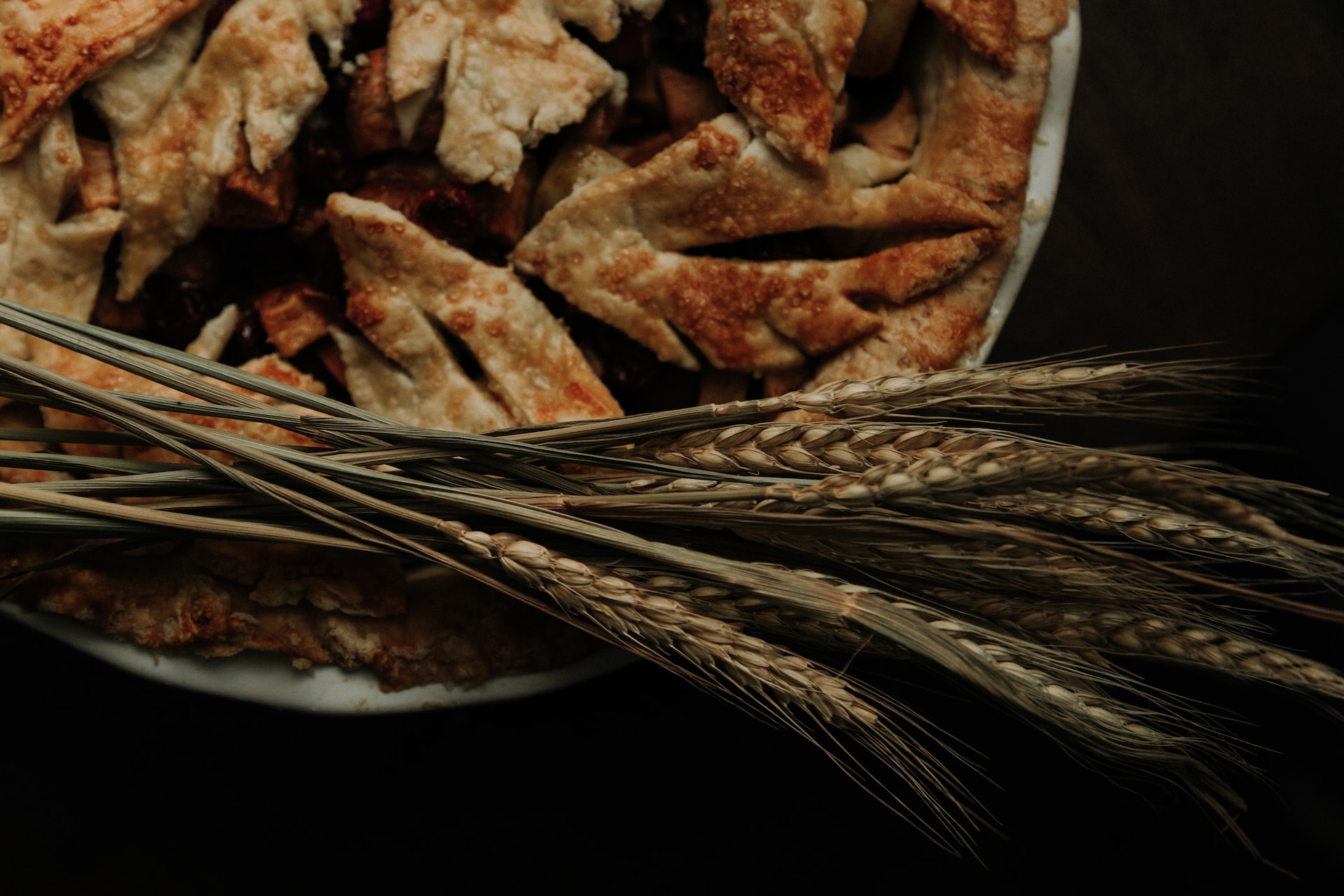
Wheat bran has the most fiber. This promotes the cleansing of the digestive tract and determines its proper functioning. Frequent consumption of this type of bran works excellent against constipation. At the same time, low in calories, they contain several valuable compounds for health.
Wheat bran is a nutritional powerhouse, packed with vitamins, minerals, and high levels of dietary fiber and protein. Its abundant fiber content also provides important cardiovascular benefits for overall health. Given this, regular consumption of this type of bran can prevent the development of heart disease.
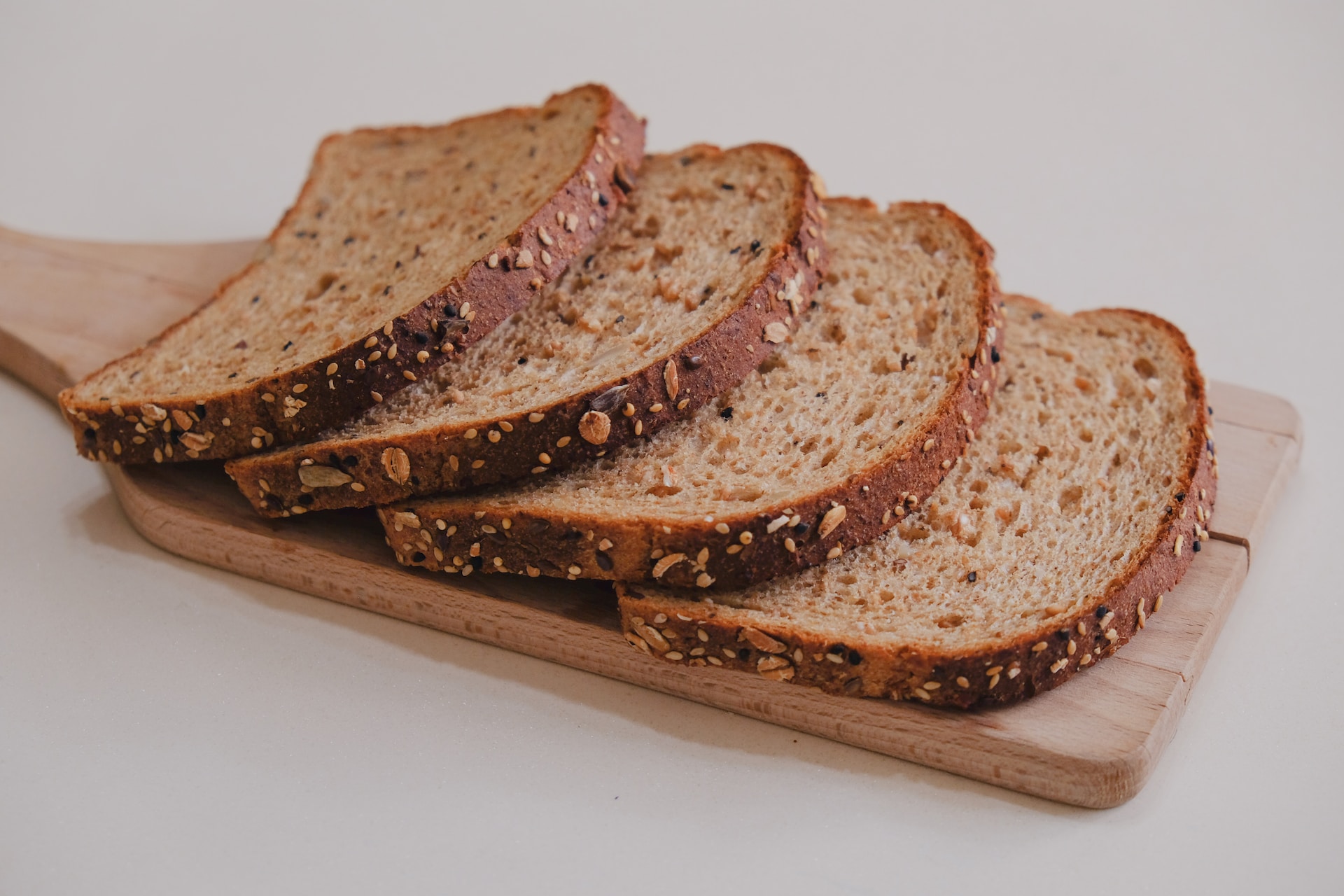
To increase the amount of fiber in your diet, you can swap out white bread for wholemeal bread. Whole-grain bread is made using unbleached flour, which preserves the outer layer of the grains. This outer casing contains important vitamins and plenty of fiber. Rye grains are often used to make whole wheat bread.
However, it's important to keep in mind that even though whole-grain bread has many beneficial properties, it is still a high-calorie food. Additionally, its complex carbohydrates take longer to digest and require more energy. Therefore, individuals with digestive issues should avoid consuming too much of this type of bread.
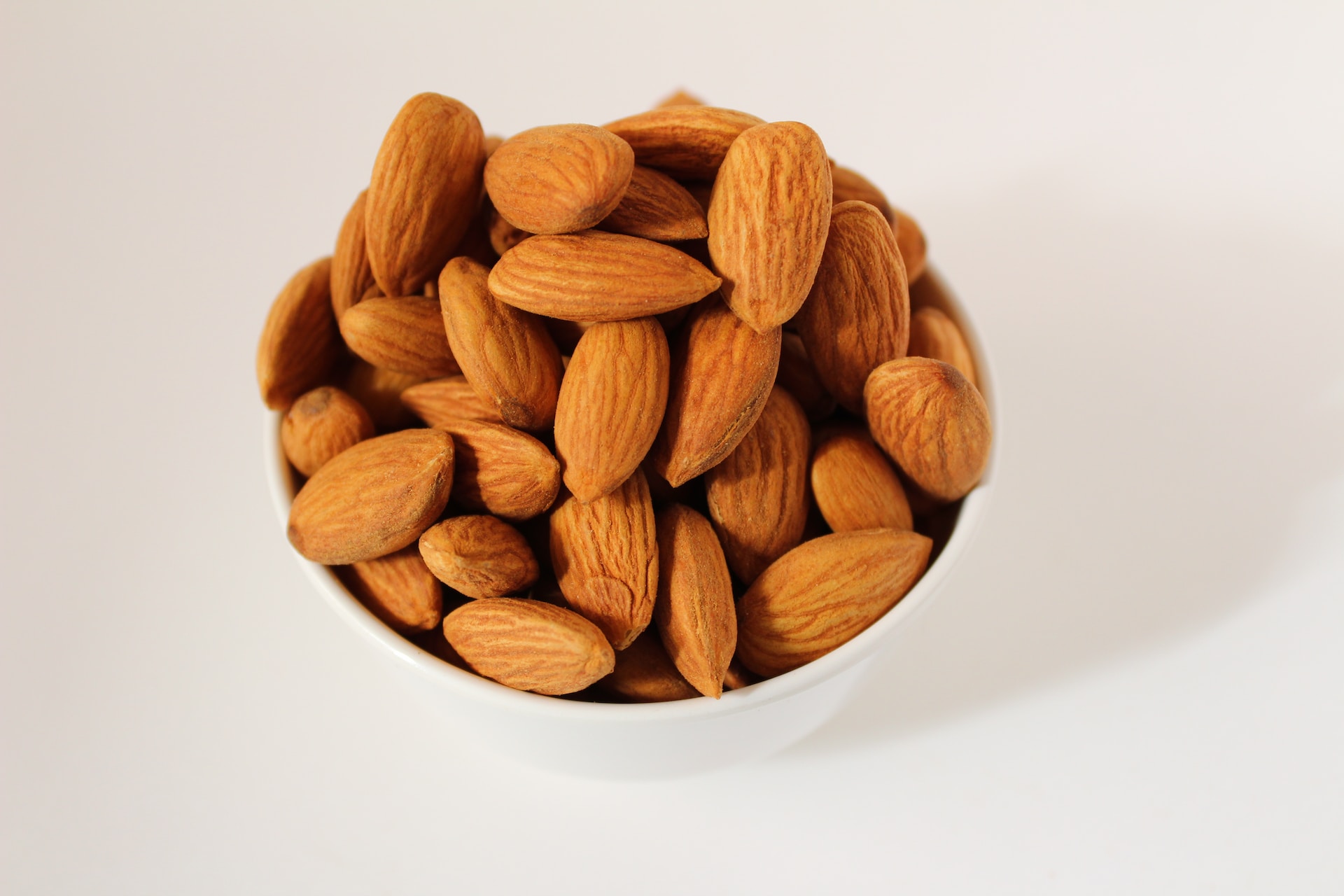
To boost your fiber intake, consider adding almonds to your diet. Not only are they a good source of fiber, but they are also considered a “superfood” due to their abundance of minerals and nutrients. Almonds' calorie content is relatively high, but despite this, they are also recommended for people on a reduced diet.
Almonds are high in energy and highly nutritious, so the consumption of even a small portion of almonds causes a feeling of satiety. Almonds contain essential micronutrients that can strengthen the immune system and reduce the risk of developing conditions such as atherosclerosis and depression.
Please be cautious if you have an almond allergy, as consuming almonds may cause allergic reactions. Additionally, excessive consumption of almonds can lead to potential vitamin E overdose and gastrointestinal issues due to their high fiber content.
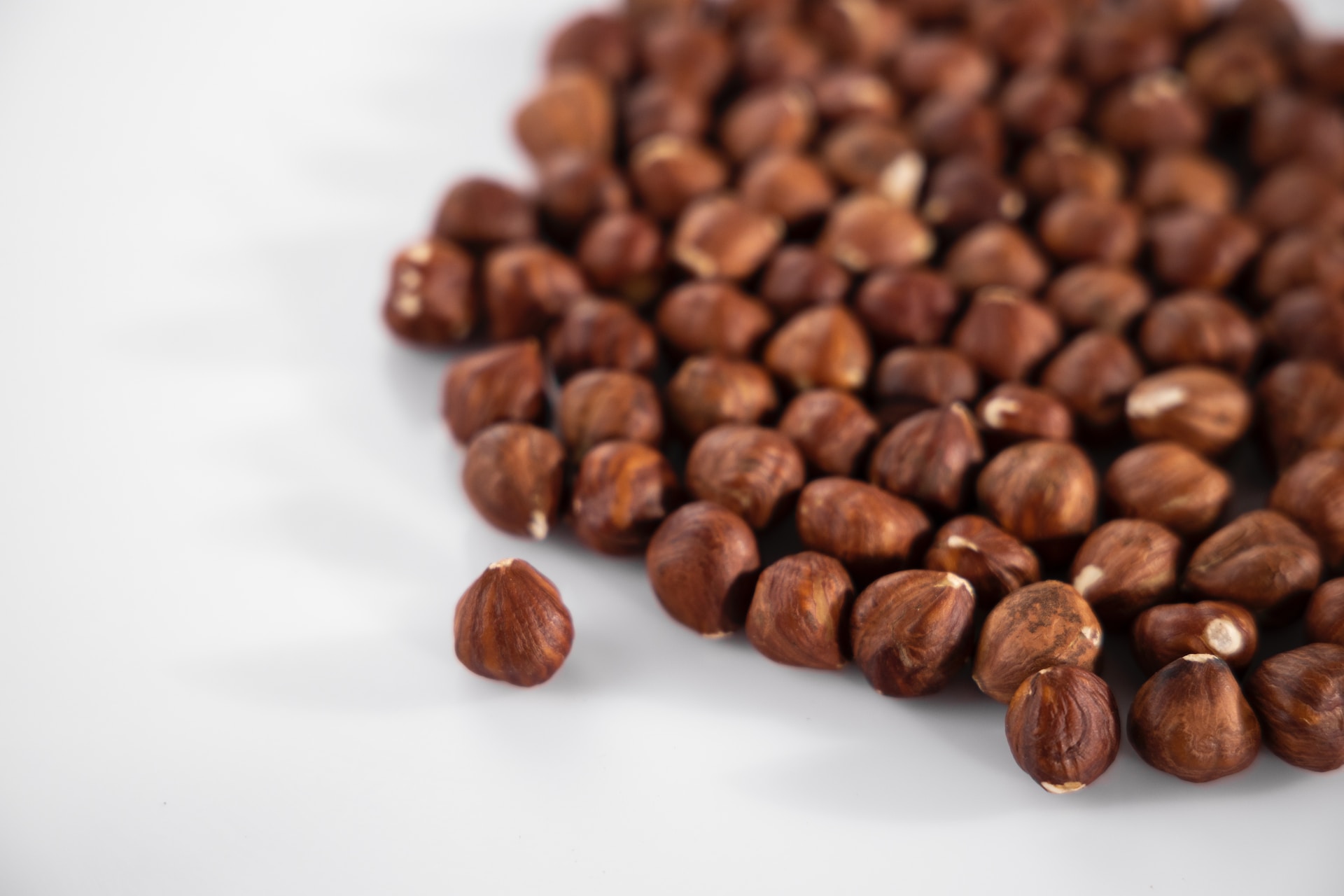
Hazelnuts are not only tasty, but they also offer numerous health benefits. One notable advantage is their high fiber content, which promotes healthy digestion. Additionally, hazelnuts are packed with essential nutrients that support overall well-being. Among nuts, hazelnuts stand out for their rich vitamin E content, commonly referred to as the “vitamin of youth and fertility.”
Vitamin E plays a vital role in maintaining the healthy functioning of reproductive organs. B vitamins found in hazelnuts also aid in the production of sex hormones, contributing to improved potency and fertility. Moreover, these delightful nuts have a low glycemic index, making them suitable for individuals managing diabetes.
While it's true that nuts are higher in calories due to their fat content, the fats present in hazelnuts are polyunsaturated and monounsaturated fats, which promote good health when consumed in moderation. Remember that balanced consumption is key for any food item!
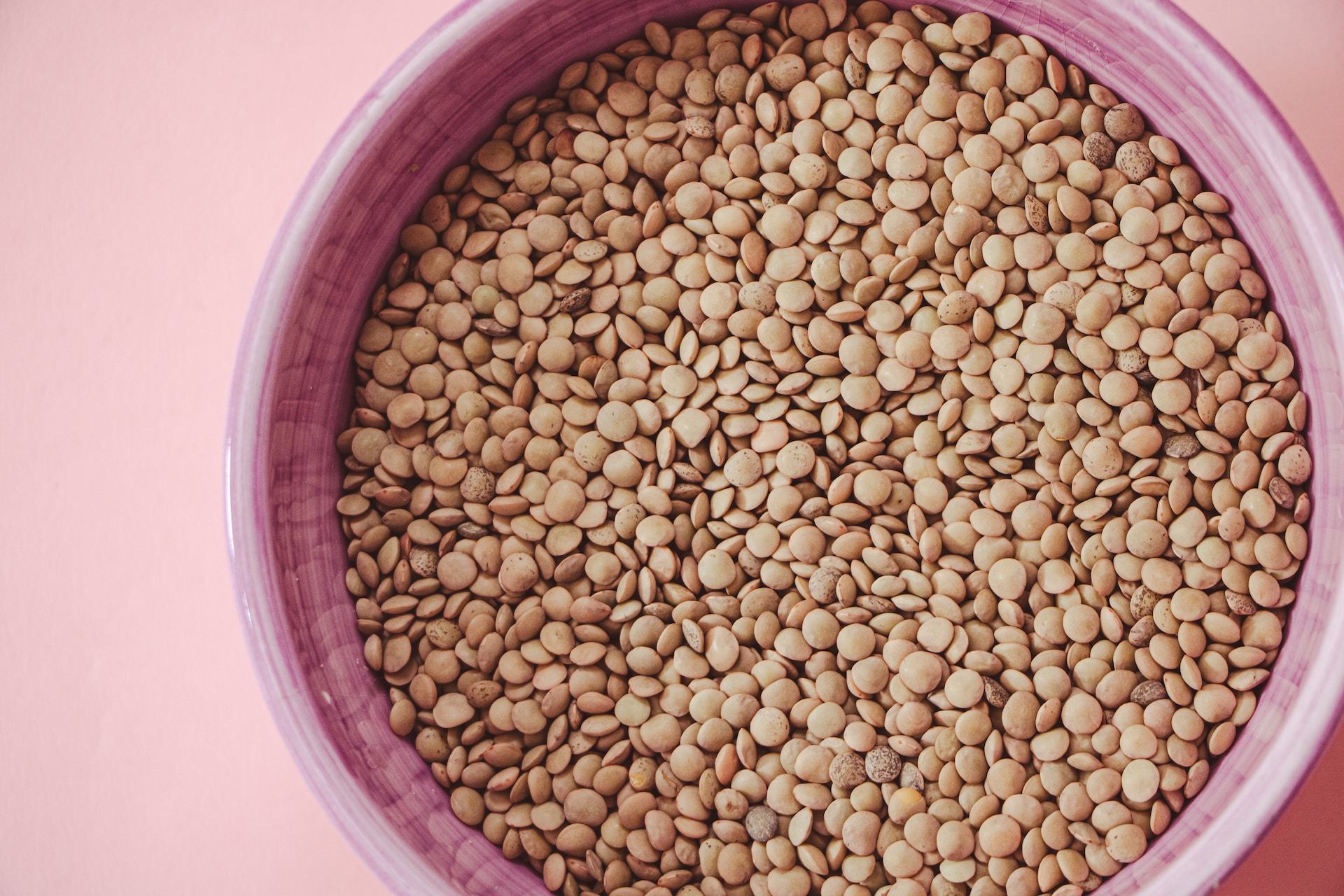
Lentils are a protein-rich legume that is also packed with fiber. Amongst all the varieties of lentils, green lentils have the highest fiber content and the lowest glycemic index. These nutritional qualities give lentils various health-promoting benefits. With low sodium and high potassium content, lentils can help prevent hypertension.
Additionally, they provide iron, folic acid, and vitamin B12, which are important nutrients for treating anemia. Moreover, their low fat content and high fiber content make them beneficial for weight loss as they fill up the stomach and keep you feeling satisfied for longer periods of time.
If you have digestive issues, it's recommended to avoid consuming lentils as they can cause bloating and excessive fermentation in the intestines. This is because lentils contain oligosaccharides.
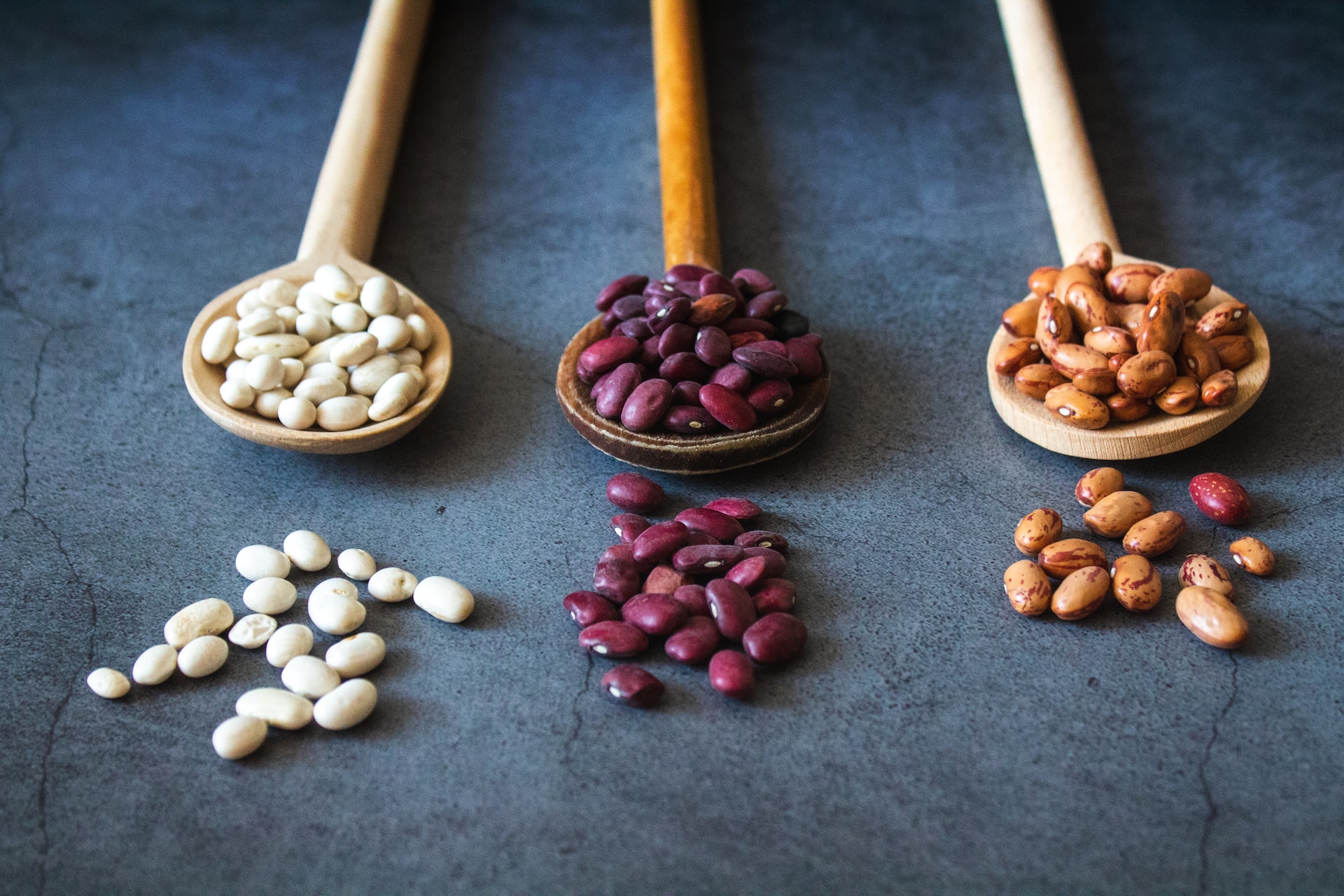
Red beans are valued primarily as a source of plant protein. It can replace animal meat in a vegetarian diet. It is also an excellent source of fiber and vitamins. In the seeds of red beans, you will find B vitamins, including vitamins B1 and B2. Red beans are not only rich in minerals like iron and potassium but also high in fiber, making them a great addition to your diet.
While white beans also offer fiber content, red beans have even more. However, it's important to note that red beans may not be suitable for individuals with digestive tract diseases as they can cause bloating and gas. This is due to certain components in the bean peel that might hinder digestion.
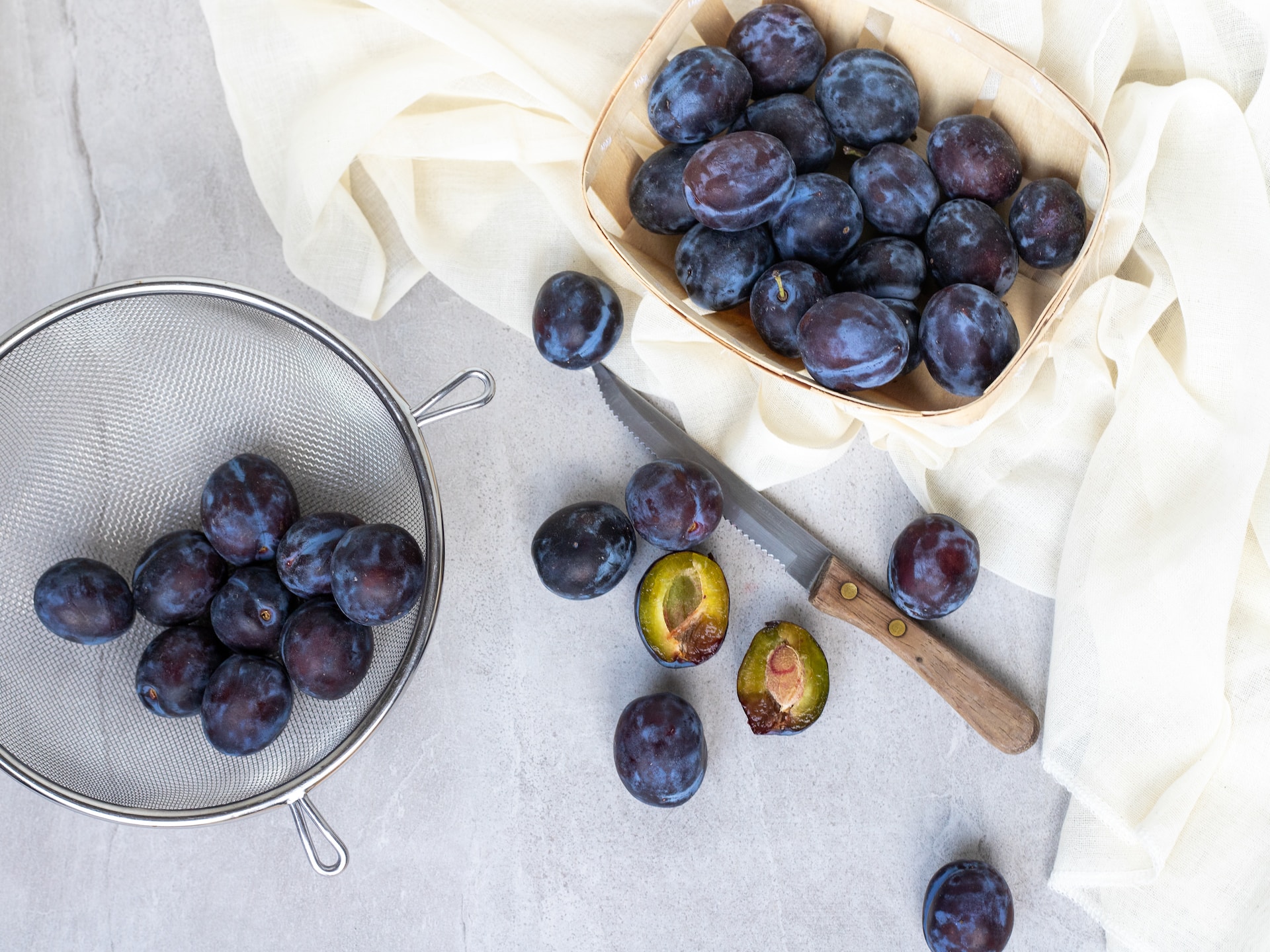
Prunes are fruits that have many benefits. The vitamin and micronutrient content of prunes makes the fruit a powerful antioxidant. On the flip side, plums also provide an important mineral – potassium – which helps support heart function and regulate blood pressure.
Furthermore, both fresh and dried plums act as natural prebiotics that promote a healthy gut. In terms of fiber content, dried plums actually contain five times more fiber than their fresh counterparts.
However, it is crucial to exercise moderation when consuming dried plums due to their higher calorie count compared to fresh fruit. Overindulging in prunes can potentially lead to bloating and even digestive issues like diarrhea. Dried plums also contain large amounts of sorbitol, a natural laxative.
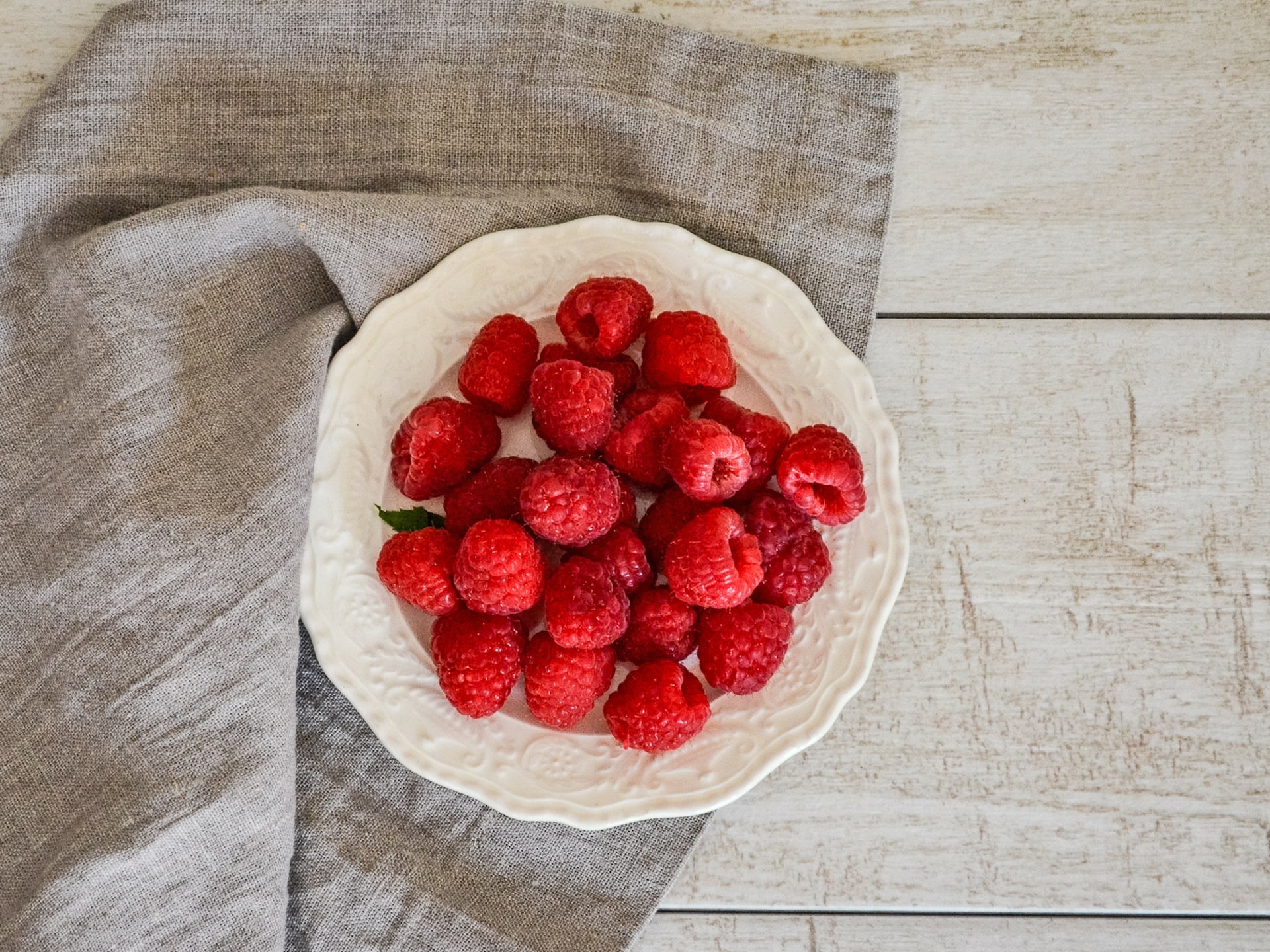
Among all the available fresh fruits, raspberries stand out for their high fiber content. In addition to that, they offer a wide range of nutritional benefits due to their abundance of antioxidants. These antioxidants provide proper protection against aging and the negative effects caused by free radicals.
Moreover, raspberries are an excellent source of essential vitamins such as C, E, and B, as well as minerals like magnesium, calcium, potassium, and iron. Consuming these fruits can enhance your immune system's functionality while helping to prevent colds and infections.
Furthermore, the high fiber content in raspberries promotes healthy digestion and can support weight loss by facilitating regular bowel movements. Additionally, their low calorie count makes them an ideal choice for individuals on low-calorie diets.
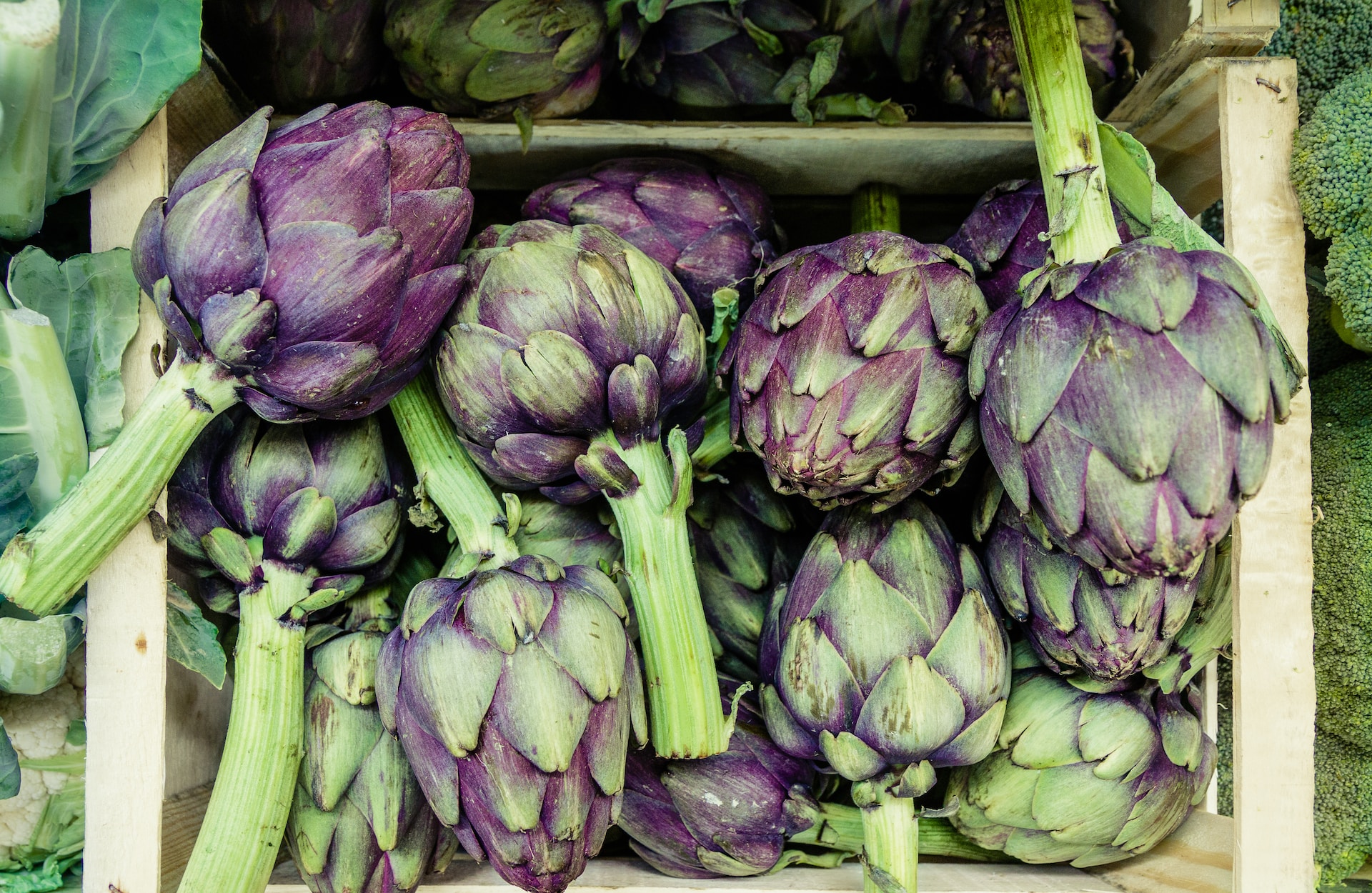
Artichokes are a highly regarded vegetable in various cuisines due to their nutritional value and health benefits. They are packed with essential nutrients, vitamins, and minerals that contribute to overall well-being. Additionally, artichokes offer an abundance of antioxidants, which play a vital role in protecting against cancer and delaying the aging process.
Furthermore, artichokes can be included in weight-loss diets as they are low in calories and fat but high in fiber. This combination promotes healthy weight loss while keeping you feeling full and satisfied. For individuals with diabetes, artichokes can be a helpful addition to their diet as they assist in maintaining stable blood sugar levels.
Moreover, artichokes are easily digestible, making them suitable for people with digestive issues or sensitive stomachs. Their gentle nature allows for easy consumption without causing discomfort. In summary, the versatility and numerous health benefits make artichokes an excellent choice for those seeking nutritious and delicious additions to their meals.
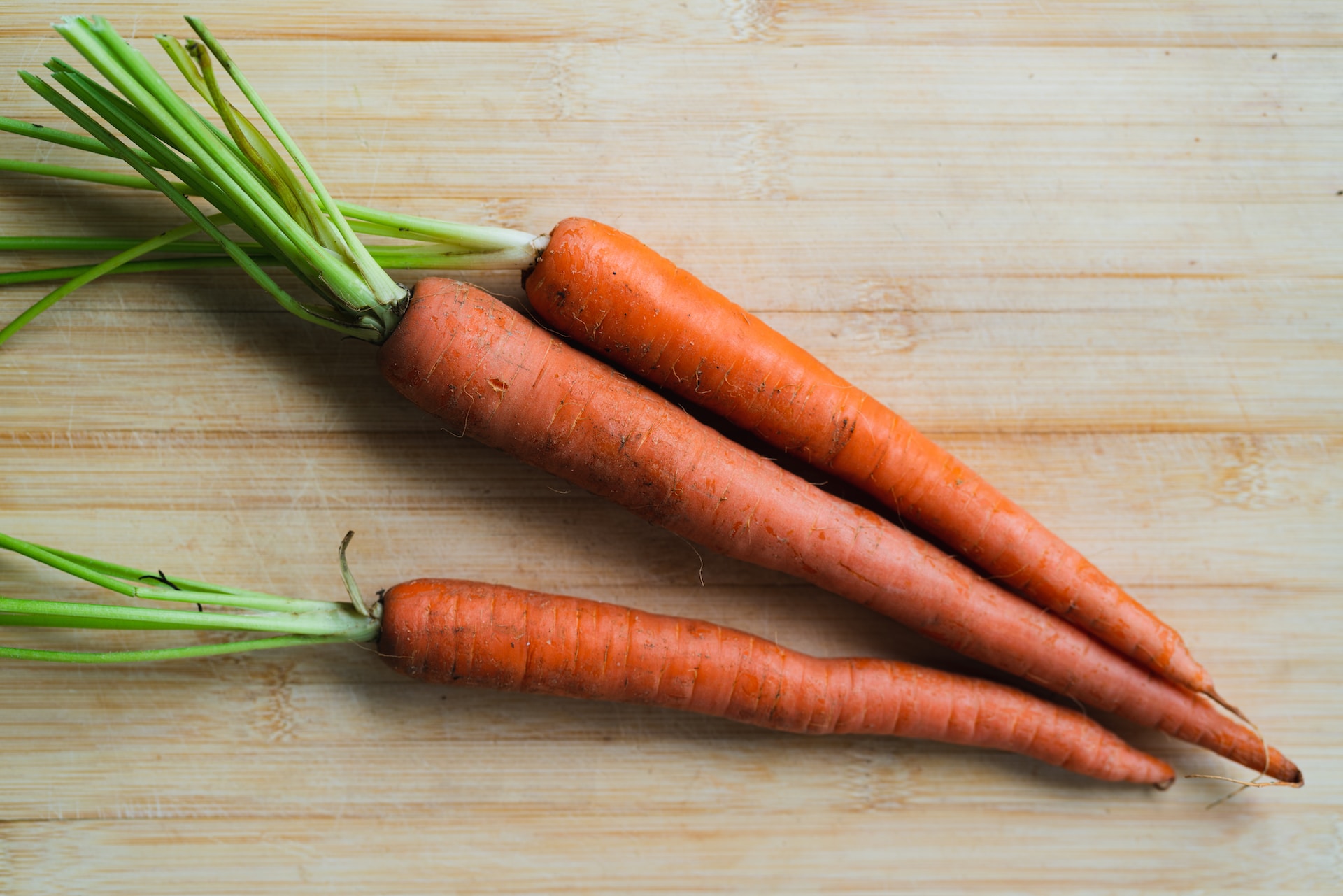
Carrots are a healthy and nutritious vegetable that can be eaten raw. They are low in calories, making them a great addition to any diet. Carrots are packed with beta-carotene, which has rejuvenating properties and acts as an antioxidant. This helps support the immune system and maintains proper vision health.
Regularly consuming carrots can help maintain healthy eyesight and prevent conditions like cataracts and glaucoma. Additionally, carrots contain a compound called Bifidus that promotes the growth of beneficial bacteria in the intestines, supporting a healthy gut flora. However, individuals with type II diabetes should be cautious with their carrot consumption as cooking carrots increases their glycemic index.
It's important to drink plenty of fluids when you eat a lot of high in fiber products. This is because fiber absorbs water in your digestive system. Aim to drink at least 2 liters of water per day when following a fiber-rich diet. Not consuming enough fluids can lead to constipation and abdominal discomfort.
While fiber is an important part of a healthy diet, it's essential to be mindful of its potential negative effects when consumed in excess. Consuming fiber at levels ranging from 45-70 grams per day can lead to unpleasant symptoms for some individuals.
To maintain a sufficient intake of fiber and essential vitamins and nutrients, it is recommended to have a diverse diet. When transitioning to a fiber-rich diet, it is important to introduce it gradually, allowing the body time to adapt.
Health experts suggest consuming at least 25 grams of dietary fiber per day. Including foods that are rich in fiber in our diet can help decrease the risk of cardiovascular diseases![]() and lower cholesterol levels. However, it's important to note that a high intake of fiber may be more suitable for certain individuals and not necessary for everyone.
and lower cholesterol levels. However, it's important to note that a high intake of fiber may be more suitable for certain individuals and not necessary for everyone.
The symptoms and effects of a lack of fiber in your diet are easily recognizable, making it important to supplement fiber intake to prevent harmful deficiencies. The main cause of fiber deficiency is a diet that lacks sufficient high-fiber foods. Some signs that you may be lacking Fiber in your diet include:
Chronic constipation often occurs when there is a lack of fiber in the diet. Ideally, regular bowel movements should happen at least twice a week but no more than three times a day. Irregularities in this can indicate insufficient fiber intake.
Additionally, feeling satisfied after eating is important. Having the right amount of fiber in your diet helps reduce snacking, ensuring you feel satiated for longer periods of time. In summary, the amount of fiber in the diet affects satiety![]() after a meal.
after a meal.
A lack of dietary fiber can contribute to the development of diseases![]() , particularly those that affect the digestive system. It can also disrupt the balance between harmful and beneficial bacteria in the gut, which affects intestinal flora. This imbalance can promote the onset of various health conditions and have a negative impact on both the immune system and gastrointestinal tract.
, particularly those that affect the digestive system. It can also disrupt the balance between harmful and beneficial bacteria in the gut, which affects intestinal flora. This imbalance can promote the onset of various health conditions and have a negative impact on both the immune system and gastrointestinal tract.
Furthermore, insufficient fiber intake makes it more challenging to manage diabetes as fiber plays a crucial role in regulating blood sugar levels. In addition, not consuming enough fiber can lead to weight gain![]() .
.
If you consume too much fiber, it is important to limit the consumption of high-fiber products. Excess fiber can lead to health problems and damage. Some effects of consuming excessive amounts of fiber include:
Consuming an excessive amount of fiber too quickly can lead to abdominal pain![]() . This can result in gastrointestinal symptoms and exacerbate constipation. Some individuals may experience bloating and cramps as well. Temporarily reducing overall fiber intake can provide relief from stomach cramps.
. This can result in gastrointestinal symptoms and exacerbate constipation. Some individuals may experience bloating and cramps as well. Temporarily reducing overall fiber intake can provide relief from stomach cramps.
Another symptom of excess fiber can be relapse. Having too many high-fiber foods in one meal can increase gastric secretions. Reflux disease![]() is a condition where acidic stomach content backs up into the esophagus due to problems with the lower esophageal sphincter. People with reflux often experience a frequent burning sensation in their esophagus that can extend to their throat.
is a condition where acidic stomach content backs up into the esophagus due to problems with the lower esophageal sphincter. People with reflux often experience a frequent burning sensation in their esophagus that can extend to their throat.
Consuming too much fiber can also lead to diarrhea![]() . When undigested fiber passes through the digestive system, it increases the movement of muscles and speeds up bowel movements.
. When undigested fiber passes through the digestive system, it increases the movement of muscles and speeds up bowel movements.
Eating high amount of fiber may potentially hinder nutrient absorption![]() . If the body is already struggling to absorb fats, it will also face difficulty in assimilating fat-soluble vitamins (A, D, E, K) and minerals (copper, calcium, magnesium, iron, zinc).
. If the body is already struggling to absorb fats, it will also face difficulty in assimilating fat-soluble vitamins (A, D, E, K) and minerals (copper, calcium, magnesium, iron, zinc).
When increasing fiber intake, it's important to remember to also increase water consumption. If fiber intake increases without enough water, dehydration is likely to occur. This symptom can also be associated with diarrhea and constipation, so these conditions may happen together.
Furthermore, consuming excessive amounts of water-insoluble fiber can lead to continual irritation of the intestinal walls![]() . This ongoing irritation can cause damage to the gastrointestinal tract, resulting in a condition referred to as “leaky gut syndrome.”
. This ongoing irritation can cause damage to the gastrointestinal tract, resulting in a condition referred to as “leaky gut syndrome.”
While fiber is an important component of a healthy diet, it's worth noting that certain individuals may need to be mindful of their intake and limit it in some cases. For instance, before undergoing surgeries or medical procedures like colonoscopies, doctors often advise restricting fiber consumption to ensure optimal outcomes.The group of people who should generally limit fiber include those with the following medical conditions:
During flare-ups of these conditions, individuals may experience severe diarrhea and symptoms typically associated with consuming excessive fiber. To manage these symptoms and achieve remission, it is recommended to temporarily reduce the amount of fiber in your diet. This can help decrease stool frequency and alleviate discomfort. However, once the symptoms have subsided, gradually increasing fiber intake back to a normal level is advised.
Adding fiber-rich foods to your diet provides multiple benefits for your digestive system. It is a popular and therapeutic dietary choice, particularly recommended for individuals with the following conditions:
One of the primary benefits is its natural ability to alleviate constipation. Moreover, a diet rich in fiber has been proven to lower blood pressure by reducing cholesterol levels. Another advantage of increasing fiber intake is that it often results in consuming fewer calories, fats, and sugary foods, which can aid in weight management.
Additionally, regularly consuming recommended amounts of fiber helps regulate glucose absorption and can assist in preventing diabetes. Including an adequate amount of fiber in your diet and staying properly hydrated are also fundamental principles of a hemorrhoid-friendly eating plan.
To maintain good health, a balanced diet is essential. Nutrients are necessary for proper bodily function. Although fiber is not considered a nutrient, it plays an important role in promoting overall wellbeing. Fiber consists of different components, each with specific functions.
There are two main types of fiber found in plant-based foods: insoluble and soluble fiber. While both types can be found together in varying amounts, they have distinct effects on the body. Foods such as cereal products, legumes, nuts, vegetables, and fruits are excellent sources of fiber. Insufficient intake of fiber can lead to health issues like constipation and other ailments.
On the other hand, consuming excessive fiber can often lead to diarrhea. It's important to be cautious with the amount of fiber one consumes, as it can potentially worsen certain symptoms of specific medical conditions. In some cases, a high-fiber diet may be recommended, but in others, it can exacerbate disease symptoms.